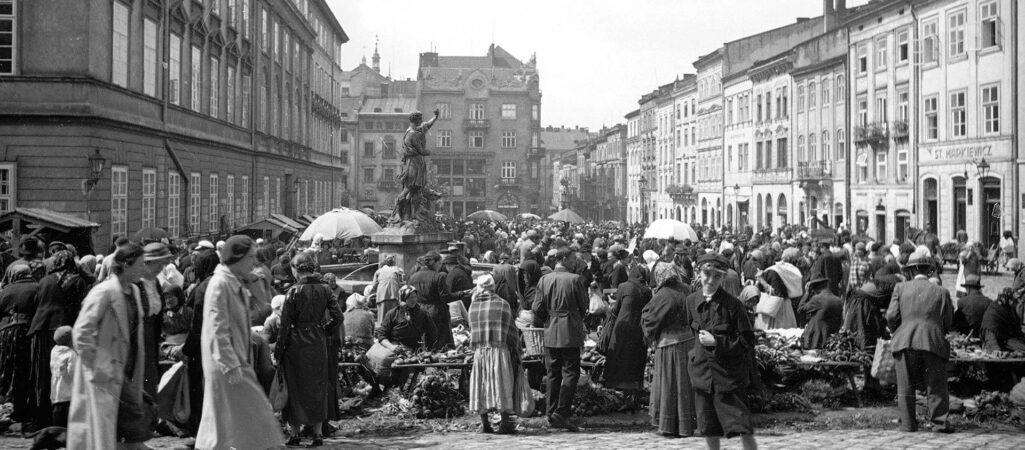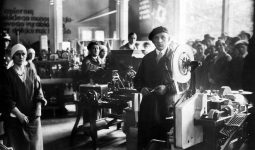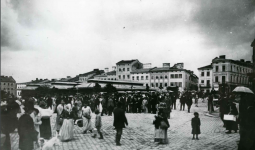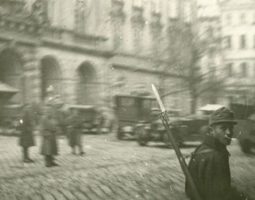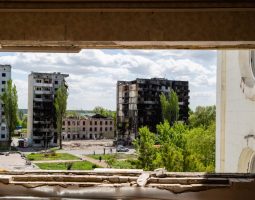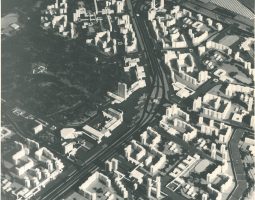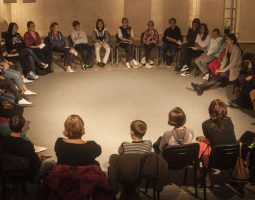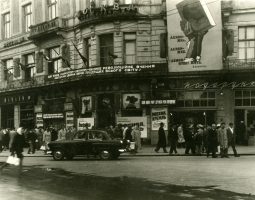This research focus extends the established approaches to the history of modern Lviv, centered on the history of the formation of national communities, by addressing other categories of social divisions: gender, age, class, and group. The study of social mobility helps to understand the life and family trajectories of various groups: from female workers and servants to elite strata of noble and bourgeois origin.
It also allows us to look at the agency of actors who were in the shadow of state structures and municipal authorities, such as the family as an agent of social welfare, care, and control, or grassroots associations such as trade unions, communities, clubs, and saloons, not only from the perspective of creating the public sphere but also as a factor of social and economic advancement and well-being. Within this focus, research projects also take into account changes in the urban structure and space with regard to social divisions: the architecture of inequalities and limited access to elite places; workplaces and housing as important social loci; places of solidarity and joint action.
The study focuses on Lviv and its suburbs, allowing us to trace horizontal and vertical mobility related to movements between the city and the countryside.
Constant movement in both directions formed the basis of life strategies during periods of war, political regimes change, and economic growth. Lviv is also a particularly interesting case for the study of social history in terms of the interplay of social and national categories, as well as changes in borders, state affiliation, and social policies. These features made it essential to compare and circulate ideas about welfare, development, and progress in encounters with the "Other" — neighbors across the border or with "predecessors" — former inhabitants and ruling elites. The long temporal perspective of the XIX-XXI centuries allows us to see processes of long duration, continuity, and gaps in the social fabric of the city.
Within the framework of this research focus, individual projects concentrate on several interrelated aspects of 19th- and 20th-century history. Vladyslava Moskalets studies Lviv's economic elites and their urban image from an ethnic and gender perspective. Ivanna Cherchovych focuses on working women, including rural migrants and the urban poor, and their practices of combining work and motherhood, which also includes the formation of developed childcare systems between urban and rural areas. Iryna Sklokina researches female workers in the industry, especially focusing on their social welfare provided not only by the state efforts but first and foremost "from below" — with the participation of families, labor unions, and informal connections — considering the particularities of the Galician border region.
Credits
Cover Image: Rynok Square in Lviv, 1920s / Henryk Poddębski/ NAC
